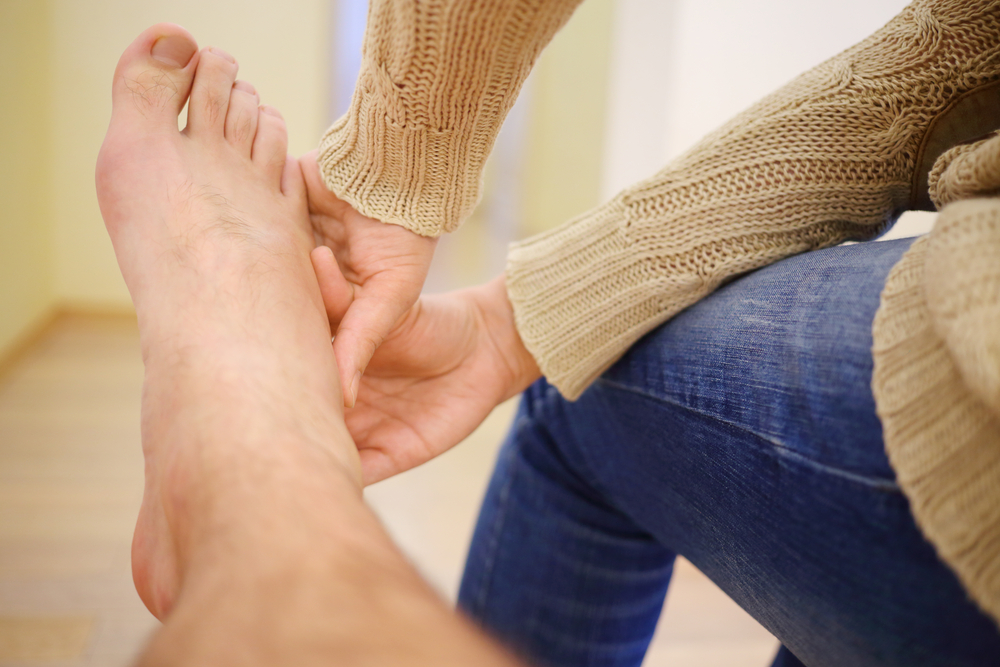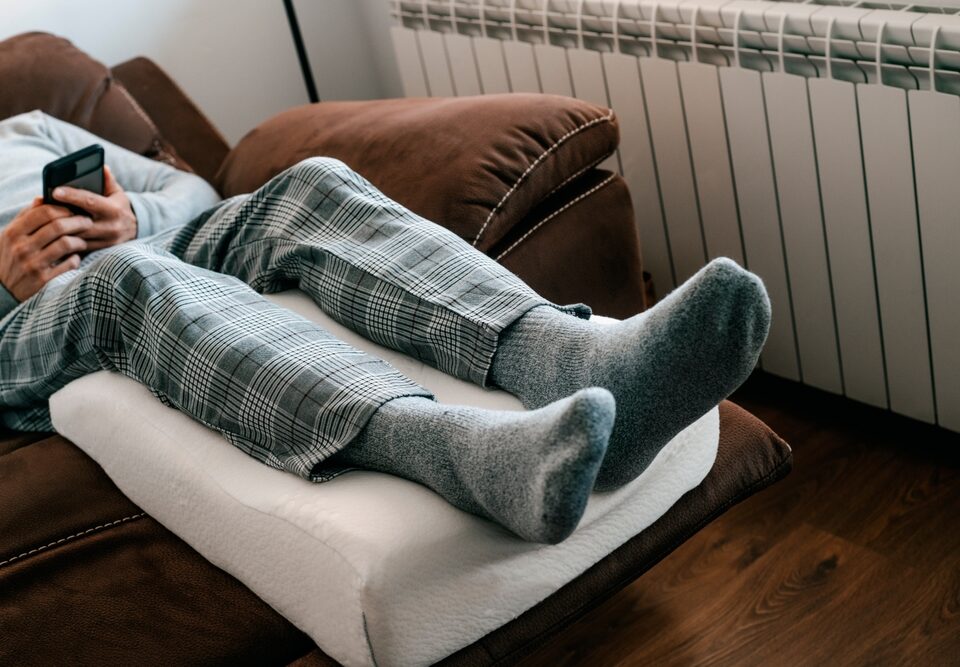
Leg Swelling: Leaky Vein Valves or Something Else?
November 19, 2018
Your Height Might Predict Your Risk of Varicose Veins
November 19, 2018Most of us don’t routinely think about our leg vein health. However, spider and varicose veins affect over 30 million Americans and are the most common circulatory issue in the lower extremities.
So, what can you do to improve the appearance and function of your leg veins?
Keep reading to learn all about spider and varicose veins as we answered some leg vein frequently asked questions.
1. What’s the Difference Between Spider and Varicose Veins?
Spider veins are superficial dilated blood vessels that are red, blue, or purple and resemble a spider’s web.
On the other hand, varicose veins are enlarged, swollen, and rope-like legs veins that are blue or purple in color.
2. What Is Venous Insufficiency?
Venous insufficiency is a condition in which a damaged valve allows blood to flow backwards and pool in the legs and lower extremities.
A healthy leg vein is meant to propel blood back to the heart with the help of activated calf muscles. Valves further assist in this process by preventing gravity from pulling blood downward within the vein.
However, when a valve malfunctions, it allows blood to move away from the heart and create pressure that causes the leg vein to stretch and enlarge.
3. Varicose Veins – Just a Cosmetic Problem?
In addition to being unsightly, varicose veins can be accompanied by discomfort, pain, aching, throbbing, and leg heaviness. Without timely diagnosis and treatment, patients may experience more serious issues, including swelling, skin changes, and ulcerations.
4. What Are the Risk Factors for Vein Disease?
Hereditary/genetics is one of the most significant risk factors for varicose veins. In addition, age, hormonal fluctuations, pregnancy, obesity, and a sedentary lifestyle can also increase a person’s likelihood of vein disease.
5. Can Varicose Veins Be Prevented?
While it’s not possible to prevent varicose veins entirely, patients can take measures to discourage the development and severity of varicose veins.
These include: Wearing compression stockings, maintaining a healthy and stable weight, regular exercise that stimulates a calf pump such as walking, and avoiding long periods of sitting and standing.
To restore the appearance and function of your leg veins, please call our office today to schedule a comprehensive consultation with one of our vascular specialists.



